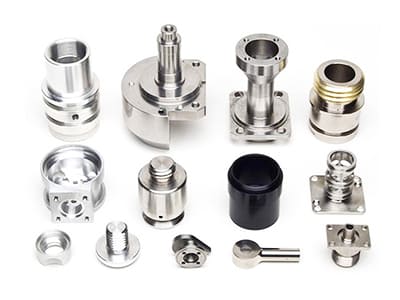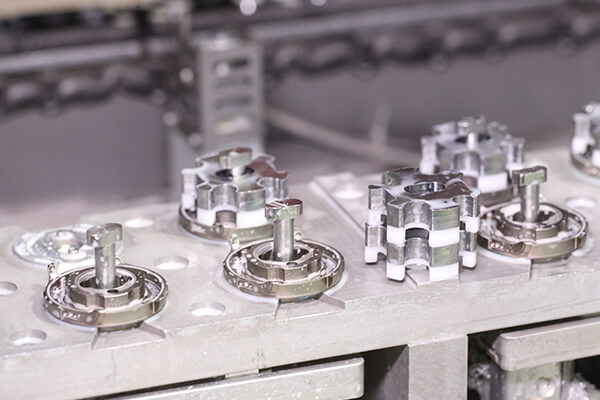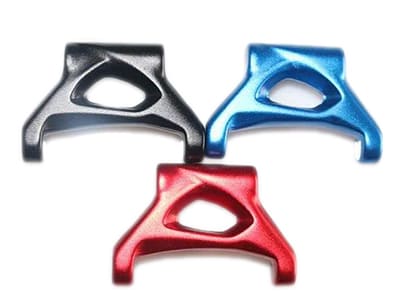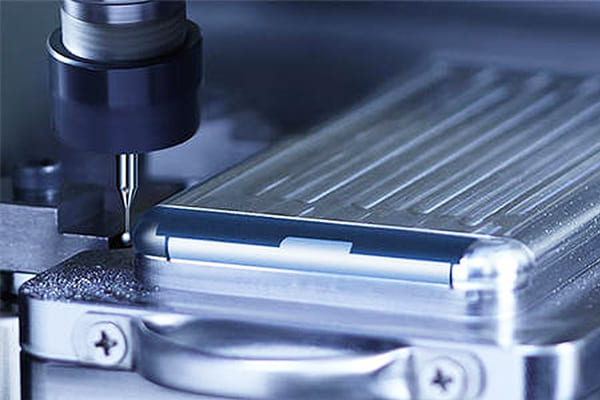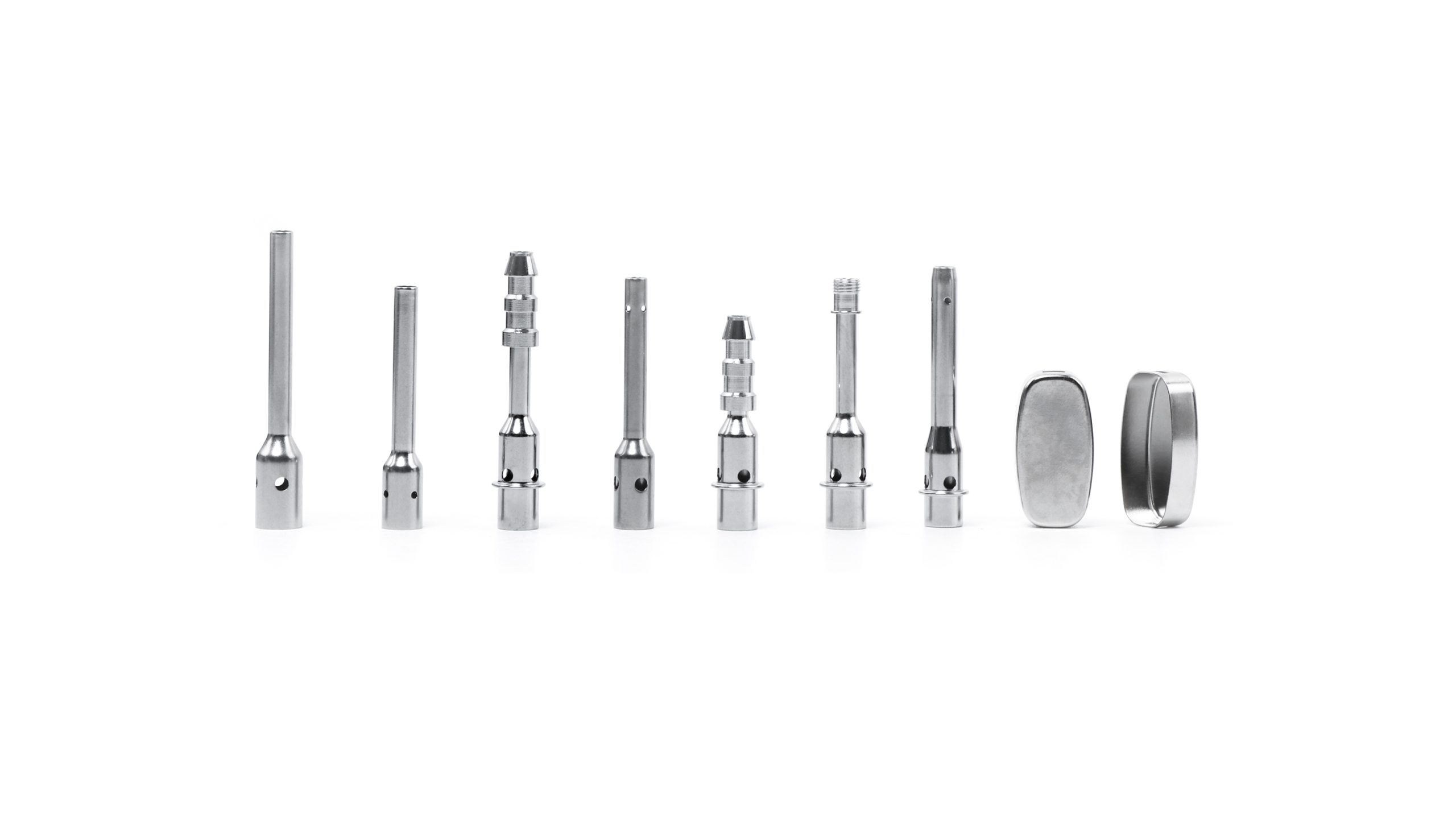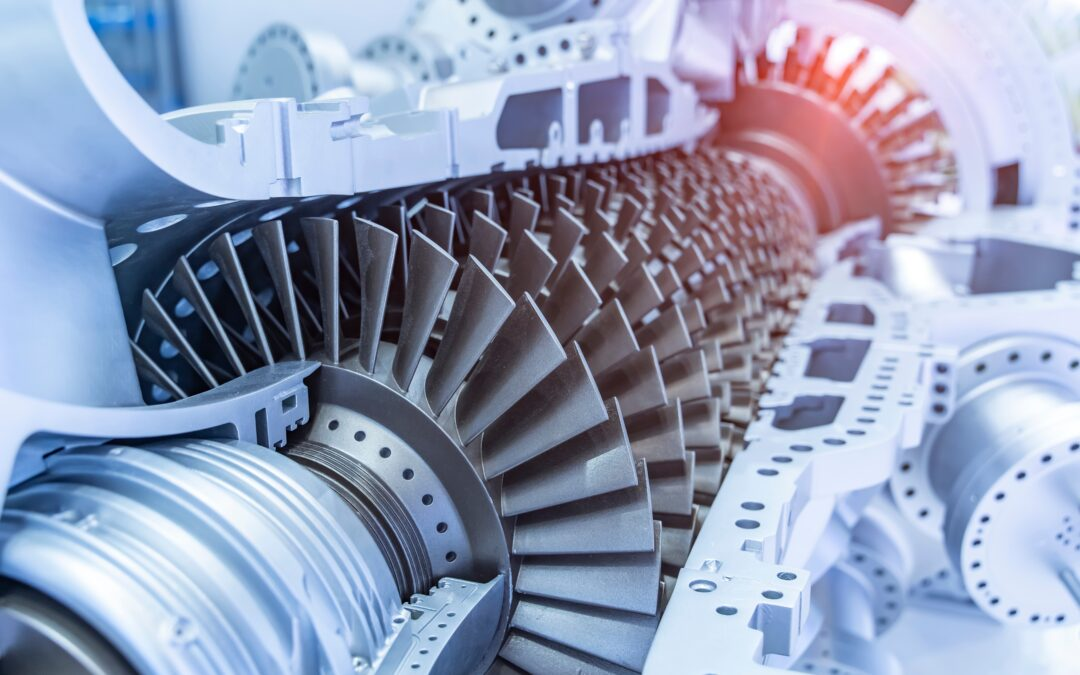
get to know us
Explore how artificial intelligence is reshaping CNC machining — from smart automation to predictive maintenance and design optimization. Stay ahead in precision manufacturing.
The Fusion of AI and CNC Machining
As artificial intelligence (AI) continues to transform industries worldwide, CNC machining is entering a new era of automation, adaptability, and intelligence. No longer just about cutting metal with precision, modern machining is evolving into a digitally driven, AI-powered process that offers faster production, better quality, and smarter decisions.
In this article, we explore how AI is revolutionizing the CNC industry, and what that means for custom precision machining services in the near future.
Smarter CAM Programming and Toolpath Optimization
Traditional CAM (Computer-Aided Manufacturing) relies heavily on human engineers for toolpath generation. With AI-powered algorithms, CNC machines can now:
Automatically generate optimized toolpaths based on material, part geometry, and machine capacity
Reduce cycle times by up to 30%
Improve surface finish and dimensional accuracy
Adapt in real-time to material variation or machine vibration
This means faster setup, more consistent output, and greater efficiency for complex, custom parts.
Predictive Maintenance for Maximum Uptime
Downtime is costly — especially in high-volume or precision-critical manufacturing. AI-based monitoring systems use:
Sensor data (temperature, vibration, load, etc.)
Machine learning algorithms to detect patterns
Predictive alerts before components fail
This results in minimal unplanned downtime, longer machine life, and lower maintenance costs, giving manufacturers a competitive edge.
AI-Driven Quality Control and Inspection
High-precision industries like aerospace, medical, and robotics demand zero-defect parts. AI is improving quality control by:
Enabling real-time visual inspection using cameras and deep learning
Integrating automated dimensional checks within the machining cycle
Detecting subtle anomalies that traditional methods may miss
The result? Fewer defective parts, better process consistency, and enhanced customer satisfaction.
Intelligent Quoting and Manufacturing Planning
AI also improves front-end processes:
Instant quoting systems based on historical data, part geometry, and material specs
Automated DFM (Design for Manufacturability) feedback to optimize designs before production
Dynamic scheduling of machining tasks to maximize utilization
This is crucial for custom CNC machining providers serving diverse industries with small-batch or complex orders.
Human + AI Collaboration: Not Replacement, but Enhancement
AI isn’t replacing machinists — it’s empowering them. Skilled engineers and operators remain essential, but with AI support, they can:
Focus on higher-value tasks like quality control and strategic planning
Make data-driven decisions faster
Respond more flexibly to customer needs and design changes
Applications in Industry: Aerospace, Medical, Robotics & More
Industries that demand high-precision custom machining are already benefiting from AI:
Industry AI-Powered Machining Impact
Aerospace Smart geometry prediction, better defect prevention
Medical Enhanced surface smoothness, tighter tolerance control
Robotics Faster prototyping, optimized part design
Automotive Real-time in-line inspection, improved tool life
In the AI age, custom CNC machining is becoming faster, smarter, and more efficient than ever before. Shops that adopt AI-powered tools — from predictive analytics to real-time optimization — will lead the way in cost-effective, high-quality manufacturing.
At HTSPrecision, we’re investing in the future with AI-enhanced workflows, ISO 9001:2015 certified quality, and a deep commitment to precision.
continue reading
Related Posts
According to product design, once you decide to use CNC to process the product, you should choose the best material, whether it is metal, plastic
According to product design, once you decide to use CNC to process the product, you should choose the best material, whether it is metal, plastic
According to product design, once you decide to use CNC to process the product, you should choose the best material, whether it is metal, plastic

